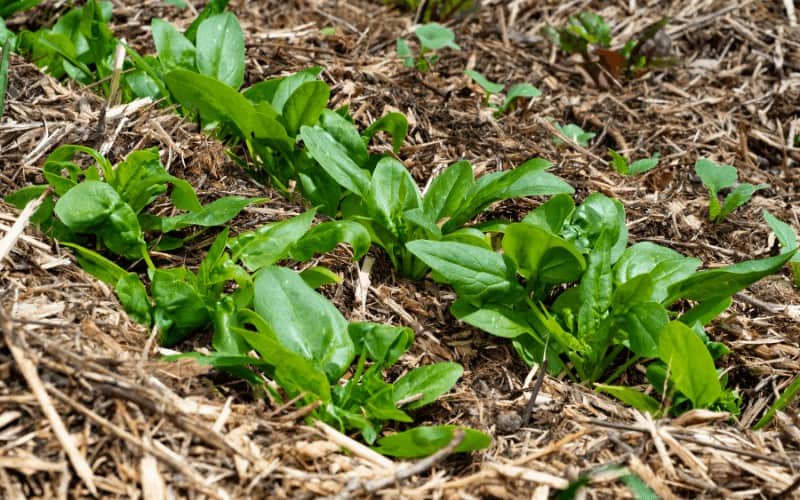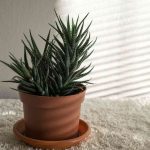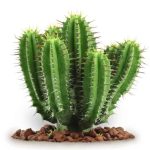Okay, so, the big question here is to determine if your favorite leaf vegetable is actually a hybrid (man-made) or still in its natural form? Knowing that vegetables such as kale, cabbage, and even broccoli are man-made; apparently, it is thoughtful to ask, "Is spinach man-made?" Yes, spinach is man-made.
Many centuries ago, it is believed that farmers looked out in the wild for plants that have specific traits, and then crossbreed them to create domesticated hybrids that tend to produce more yield, appear better, and even taste better (for the edible species).
This farming technique practiced in the B.C. and early A.D. times led to the creation of most of the tasty fruits and vegetables we eat today. Now, coming to spinach, let's see how this leafy vegetable got its current form.
Is Spinach Man-Made?
Well, from a general point of view, Spinach is a man-made vegetable because it was gotten from Spinacia turkestanica. It is believed that Spinacia turkestanica is the closest wild ancestor to the modern-day cultivated spinach.
The cultivated spinach has different hybrid varieties and species. Regardless, all varieties of modern spinach are considered safe and healthy for human consumption.
Studies propose that the cultivated spinach was created around 2000 years ago. It is important to say that different countries cultivate different types of spinach.
Farmers from different countries typically select spinach varieties based on leaf sizes & shapes, yield, and blooming characteristics, and then breed them to achieve a unique, but not-so-different species of the original flowering plant, spinach.
So, simply put, the cultivated spinach, which is the popular one everyone knows is actually a man-made hybrid created many years ago.
The process used to achieve this is known as selective breeding or hybridization. It actually takes over a hundred years to achieve a new plant naturally through the selective breeding technique.
Read Also: When To Plant Spinach In Alabama
How Did Spinach Get Its Current Form?

The origin & history of spinach is such an interesting one you'd love to read. Spinach, which has the scientific name Spinacia oleracea, is a leafy green plant in the Caryophyllales order, in the family Amaranthaceae.
It is endemic to central and western Asia - an edible vegetable that can be eaten fresh (raw) or used in preparing various types of meals. More so, spinach is an annual plant, and it is currently being cultivated in many countries worldwide.
According to researchers, spinach originates from Persia (present-day Iran), and it was initially called "Aspanakh." It got to China in the 17th century, and then to Europe in the 11th century. Early spinach varieties don't have large leaves like the ones we see today.
The modern-day spinach grows faster, has broader leaves, and produces large round seeds.
There are three common variants, which are Savoy (has dark green, crinkly-curly leaves), Semi-savoy (has slightly crinkled leaves), and Flat-leaf spinach (characterized by its smooth leaves).
However, over the years, some farmers have crossbred spinach cultivars to create unique varieties with specific traits.
So, while there are many original (natural) spinach varieties, there are quite a number of hybrid varieties cultivated by farmers and gardeners.
Related Posts:
- Is Cauliflower Man-Made?
- Is Kale Plant Man-Made?
- Is Garlic Man-Made?
- Is Orange Man-Made?
- Different Varieties of Succulents
Conclusion
It is important to say that because most fruits and veggies we eat today are actually man-made does not disrupt the fact that they are very nutritious and help to keep us healthy.
That said, for the question, "Is spinach man-made?" Yes, the vegetable is a man-made hybrid.
Regardless, it is still the nutritious spinach you know, and thus, you should continue cultivating and eating it as before.
Other vegetables such as kale and broccoli are equally man-made hybrids (gotten from their wild ancestors). Hopefully, this article explained all you need to know about modern-day cultivated spinach.




